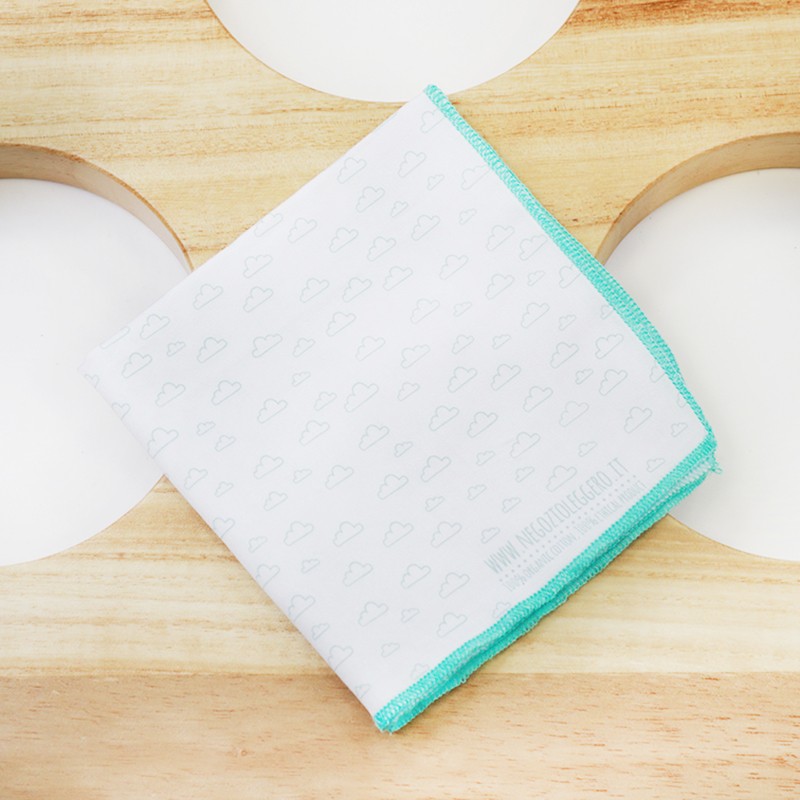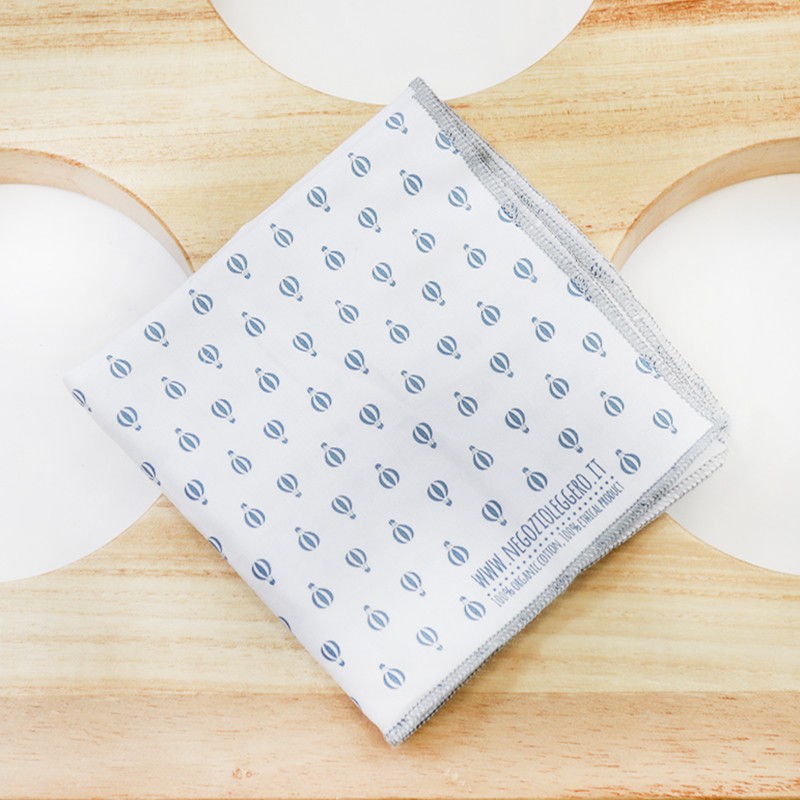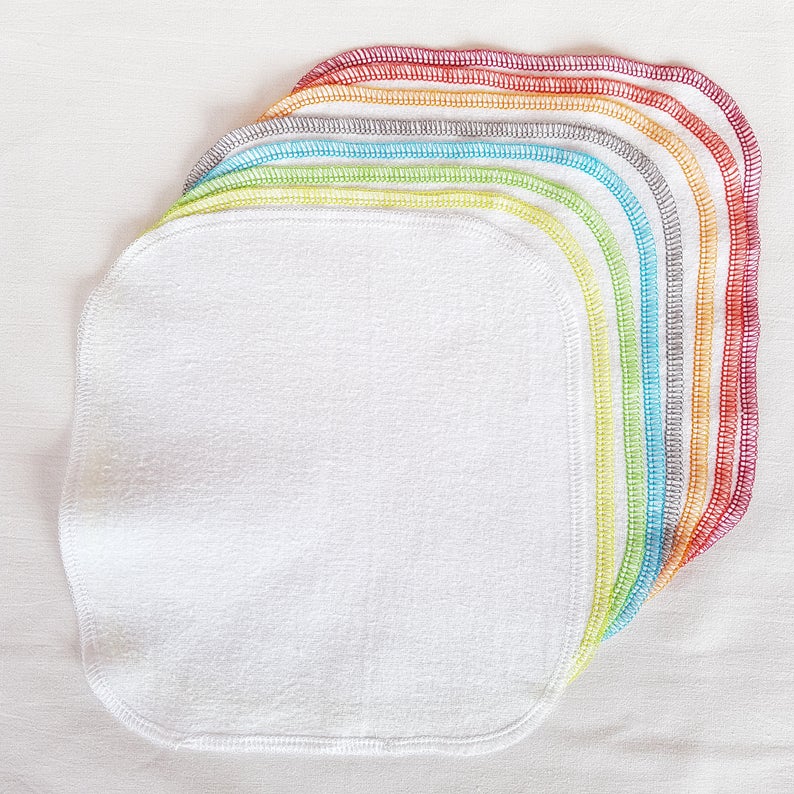
Fazzoletti Uomo 100% Cotone, 6 Pezzi Fazzoletto da Uomo, Fazzoletti di Stoffa Uomo,Taglia Grande 40x40 cm Fazzoletto da Taschino Idee Regalo per Uomo (Set 1) : Amazon.it: Moda

Fazzoletti su uno sfondo di stoffa. Utilizzo di accessori in tessuto riutilizzabili anziché di carta monouso. Creare meno rifiuti e prendersi cura del nostro IT Foto stock - Alamy

Fazzoletti di stoffa o di carta, cosa scegliere per i nostri raffreddori? Econote Storie da un mondo più verde

















